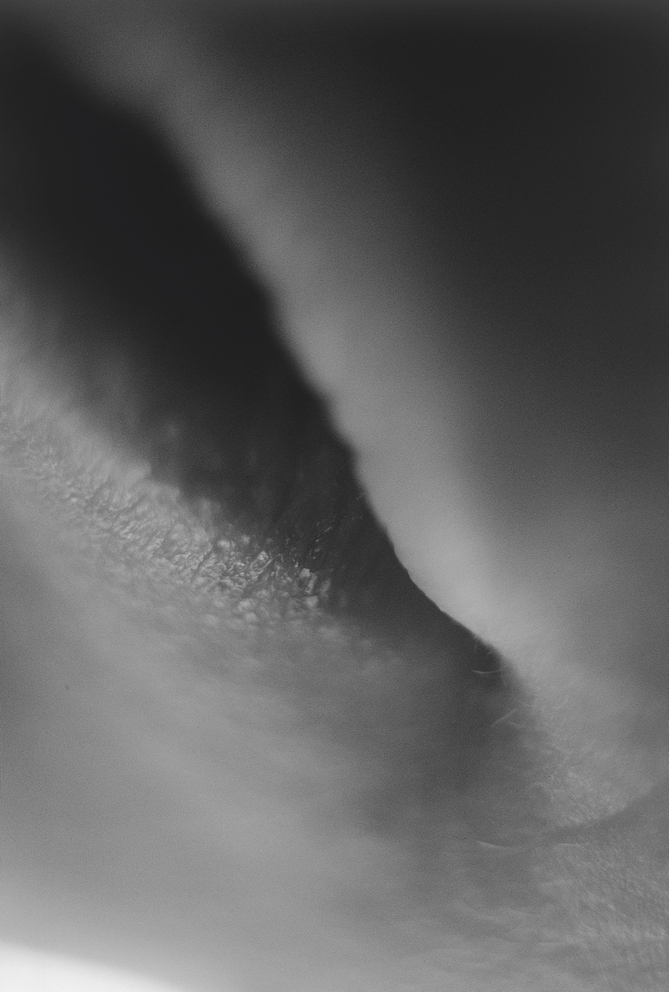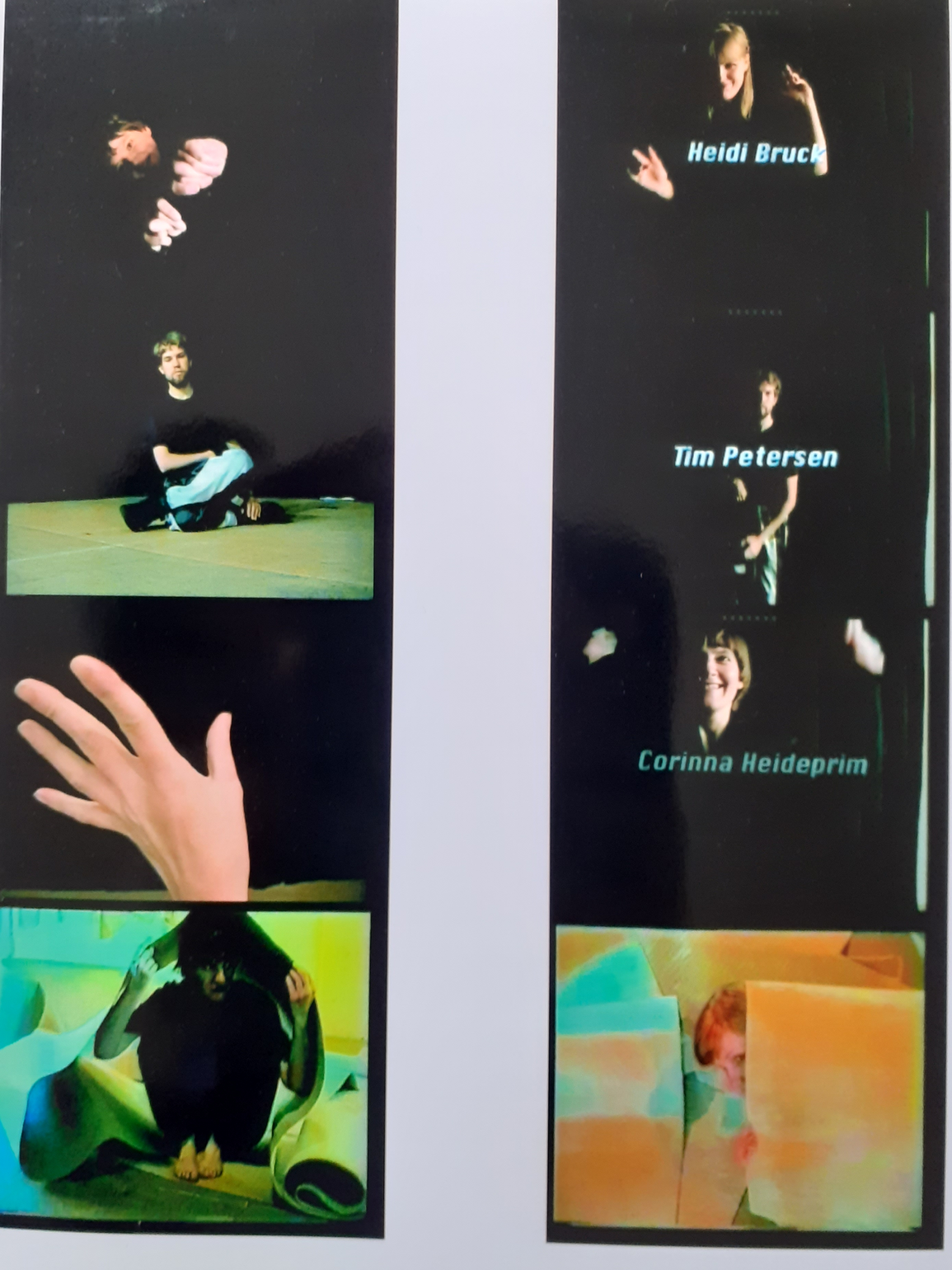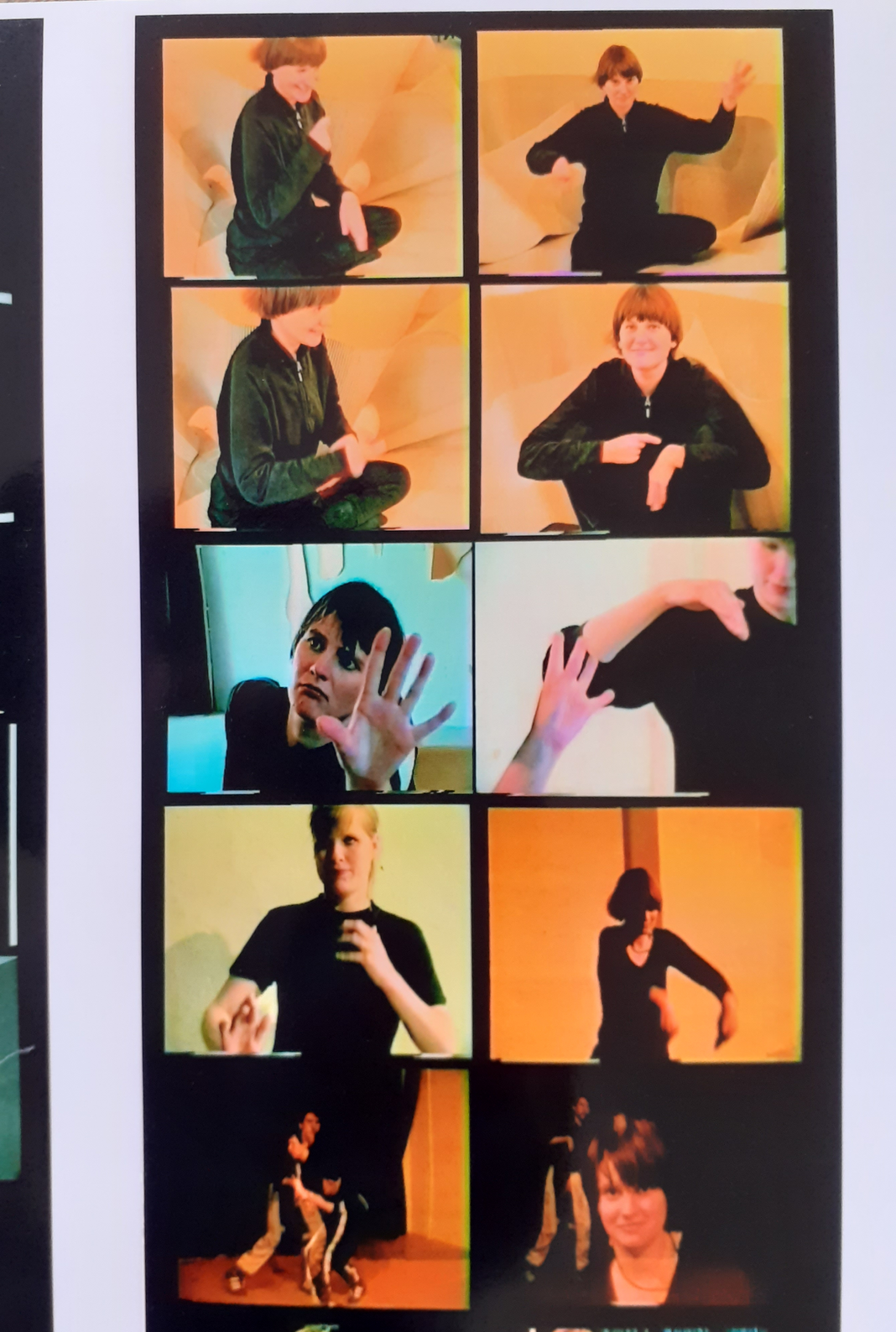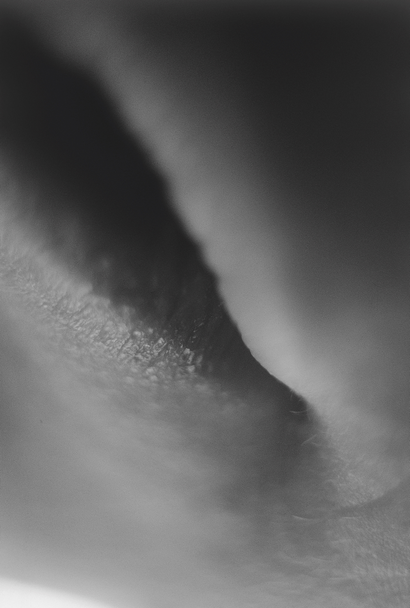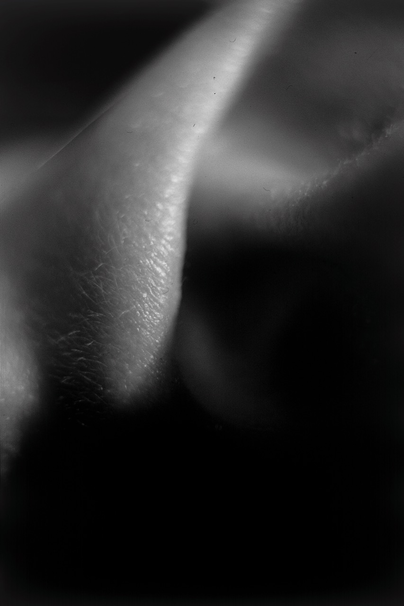Participatory collective knowledge as a resource :
This idea of private fundraising for a non-profit way (redeemable to members) also applies to retirees. Also for those isolated from society after their retire, this is an opportunity to rethink autonomy through creative activity as a community.
The concept of social welfare does not include "fullness of life". The rethinking of fullness of life is only possible through individual autonomy.
-> Ecological dream (in the works)
How to create a common space?
What is a common space?
For example, there can exist a common space between two houses or two flats.
sharing and caring
A common space is a 'shared' space. – sharing and carinIt was my suggestion in artistic research N.N-Zwischenliegend/spatial installation in 2019, to create a common space as a wide transitional space between the eastern and the western border. – the political conflicts and future commons
However, it does not work anymore, due to the war.
N.N-Zwischenliegend/spatial installation dealt with the topic of in-between, on time, space and body at mental level and phisical level.
Green x - the starting point of artistic research:
The proposal for the artist in residence program at the empirical aesthetics of the Max Planck institute in 2021 for the year 2022
Who You Staring At?
Visual culture of the no wave scene in the 1970s and 1980s
February 1 – May 1, 2023, Centre Pompidou
Film, Video, Sound and Digital Collections consultation room
Museum, level 4
Subjectivity and Objectivity, e.g. Love and Hate is similar to Mitochondria and Cancer Cell form the same person's and in a body.
There is no study on the topic of Love as well as Hate profoundly yet. The subject of 'Love and Hate' still literary expression.
The study of Thomas Fucks is a new dimension research.
The conclusion of this workshop series is on humanity in art and humanity through art which refers to life science and/or from the aspect of life science–human-being and environmental thinking
No one can say that this photograph is mystic, this is just an unseeing image by light in photography. It is an image due to the exposure of the light reflected on the object. It is a characteristic of nature.
Furthermore, It belongs to how a person interprets this image. An interpretation does not apply to everyone. If a person interpreters this image as a mystic expression, that belongs to the context of a person's.
The term of 'mystic' addresses in the transcendental philosophy (context), that does not relate to this photograph (image). As a contribution of the art, the context of this photograph (image) is on the topic of the body and bodily organ. This argument towards the transcendental philosophy applies to the research by Walter Benjamin and many others, since more than 100 years.
What I took an epistemological photograph here is the "skin" of the (her) lips.
B.O.D.Y. - the second skin (2000–2009/2023)
Skin as an organ is a new seeing of bodily sense
In the 21st century, the academic level is based on the contemproary philosophy in terms of life sceince from the 21st century.
Academia was the traditional highest of the Western academic society with the transcendence philosophy at its apex. Since post-war, there is no Academia internationally. Today's academic study is rather rhizomatic.
Corinna in this video performance "Drei bewegte Figuren" in 1999, she had autism disorder.
In 2003, she started to play with piano (improvisation), that was very interesting.
- Difficulty with communication and interaction with other people.
- Restricted interests and repetitive behaviors.
- Symptoms that affect their ability to function in school, work, and other areas of life.
https://www.nimh.nih.gov/health/topics/autism-spectrum-disorders-asd
- not responding to their name.
- avoiding eye contact.
- not smiling when you smile at them.
- getting very upset if they do not like a certain taste, smell or sound.
- repetitive movements, such as flapping their hands, flicking their fingers or rocking their body.
- not talking as much as other children.
https://www.nhs.uk/conditions/autism/signs/children/
The simple answer to this question is yes, a person with autism spectrum disorder can live independently as an adult. However, not all individuals achieve the same level of independence.
NIELS BOHR AND THE MYSTICISM OF NATURE
Abstract.
Some authors have described Niels Rohr as “never being open to anything transcendental.” Wolfgang Pauli, on the other hand, spent many years trying to persuade Bohr to admit to a kind of’ mysticism. This study offers support to Pauli's claims. First, a distinction between what is vague on the one hand, and what is necessarily circular on the other, clarifies the work of Bohr. This discussion leads to comments on Bohr's attitude towards the mutuality of spirit and matter and of reason and mysticism. Finally, some reflections are made about the relevance of Bohr's covert transcendental philosophy for theological endeavors.
Learning from Prof. Dr Nanay (Arts and Humanities, not science):
My interest in his research is a 'neutrality' of transdisciplinary research, how he designed in a research context, and questioning what is psychology research transdisciplinary from the recent aspect of study.
What is life science?
Link to the article: https://www.psychologytoday.com/intl/blog/psychology-tomorrow/202303/cats-may-find-their-owners-more-special-than-dogs-do
Definition:
Transdisciplinary Research is defined as research efforts conducted by investigators from different disciplines working jointly to create new conceptual, theoretical, methodological, and translational innovations that integrate and move beyond discipline-specific approaches to address a common problem. (Source: https://www.hsph.harvard.edu/trec/about-us/definitions/)
My dance choreography is based on generating movement, without swing of two tempi, without tact, unintentionally and minimally.
Key points
New research suggests that cats may be more discerning about their owners than dogs when it comes to the nuances of their voice.
Cats have a stronger reaction to cat-directed speech than to human-directed speech, but only if their owner is talking.
Dogs tend to be less discerning and react to dog-directed speech regardless of who is talking.
My understanding in this explanation by Prof. Dr Nanay.
- Between cat (as well as dog) and human has no possibility of 'conversation'.
In the human world, it applies between different native languages. However, humans are using 'code' for those gabs. e.g. unit, it is very important. It is a part of the foundation of 'notion' and its term by humans.
When I take pictures of animals, I look at the environment in where they live in and their psychological state.
I have no idea about the reaction of 'speech' by dog and cat. However, what I learned in a new research, there is a new term 'speech' by animals, that is not animals sound. Doc and cat have also specific code. It might be developed their code by dog and cat in the environment, would possible change their habits. The question on the topic of evolution of animals.
What is 'to deviate' from tradition?
The problem in post-Columbian South America is the colonialism that God is absolute, despite the contradiction that Christian idealism and real nature and environment in the Southern Hemisphere are diametrically opposed. It's the same in Africa. The natural environment in the southern hemisphere on the holy night when Christ was born is midsummer.
They are the contradictions of globalization that are still occurring today. Faith is then tied to indigenous religion. Monotheistic Christianity is polytheistic, or natural vaporization due to transformation such as Reincarnation. However, Monotheistic Christianity originally, a powerful religion in the world historically, that is centred in Europe. Monotheistic Christianity originally does not allow them and there is the control by the European even today.
-> Over 20 years long, these subjects are the specific topics in my artistic research (in fine arts practically) in terms of aesthetics transdisciplinary.
PhD in Art proporsal
B.O.D.Y.
On contemporaneous
exploring since 2014
the first draft on minimalized or/and maximalized in 2015
After my research on the nature of Niels Bohr from the aspect of the recent notion, I will start to summarize my all proposals since 2015, which is the resource of my research
The level of the situation in Hiroshima after 1945: People in Hiroshima had to understand in order to survive after the war is the level of Niels Bohr and Max Planck 's research. Research such as viruses is studied from physics. Another research aspect is from biology.
The scientists in the Max Planck Institute for Evolutionary Anthropology received the Nobel Prize in Medicine 2022.
It was awarded to Svante Pääbo "for his discoveries concerning the genomes of extinct hominins and human evolution".
The context in terms of today's Niels Bohr's research is e.g. Molecular engineering to cancer cells in medicine.
There are many different positions of research in this context.
One is objective cognition from the theory and datas (out of Hiroshima (location), and another one is subjective cognition from the long term of experience (in-situ/in Hiroshima (location).
My task as an artist:
I explore the possibility of conversation in the contemporary society where units are further differentiated.
It is in medicin, necessity of recuperation treatment for cancer patients.
The cancer cells are alive in the brain also, that is the great issue in medicine today.
Differences between digital and analog photography
In the International System of Units, the prefix "nano" means one-billionth, or 10-9; therefore one nanometer is one-billionth of a meter. A nanometer is one billionth of a meter, 0.000000001 or 10-9 meters. The word nano comes from the Greek word for “dwarf.” The term nanoscale is used to refer to objects with dimensions on the order of 1-100 nanometers (nm).
A typical atom is anywhere from 0.1 to 0.5 nanometers in diameter. DNA molecules are about 2.5 nanometers wide. Most proteins are about 10 nanometers wide, and a typical virus is about 100 nanometers wide. A bacterium is about 1000 nanometers.
Joseph Necvatal's 'Peace The New Sleep' as the photographic technique is rather 'transcript'.
Wolfgang Tillman's 'Freischwimmer' is the issue of Niels Bohr's in his 'light and life', in which context of transcendence philosophy phenomenologically. (In the sight of Niels Bohr was towards the occupation of Denmark by the German Nazi dictatorship during the Second World War)
Wolfgang Tillmans dealt with the original context through his 'Freischwimmer'. So, he overcame the transcendence philosophy through his artistic act, namly he dealt thereby with the topic 'on moral'.
In the case of Japanese culture in transcendental philosophy, historically it was the import of foreign culture. There was no "philosophy" in Japan, only aesthetics as philosophy. Japanese cultural and art studies went back to antcient culture, just as western cultural and art studies were the starting point of New Art/Neue Kunst.
At this level, Joseph Necvatal has been working on his coined 'viral aesthetic' towards transcendence philosophy. Also, he deals with the topic of 'moral'.
– They are the artist in post-coronial era from the late of 20th century.
One possibility of future nuclear war is the using of nuclear weapons in a country of laws which is based on transcendental philosophy. I don't think that the eradication of nuclear weapons is wrong. Promoting the peaceful uses of science. What is the peaceful uses of science?
On slow
It is a natural phenomenon in the natural world that "something" is always happening dynamically.
The phenomenon of imitation of the digital natural environment is precisely focused for the research purpose of precise. (Research Target)
The effect of the drug in medicine is to control something that keeps happening.
Without medicine, we would continue to suffer because nature's actions and reactions would continue to repeat itself in our body.
However, it is questionable whether this digital research methodology applies to all natural ways. That's because the natural world is infinite (including the minimum) with time. The natural world is "the world without a whole", that change is very slow.
-> Digital photography and post-photographic era
The approach of the dark gallery CPH addresses the in-between of post-painting from tradition to modernity and post-photography of visual culture, which introspectively deals with current topics and socio-political issues.
Freischwimmer
Wolfgang Tillmans
Date:2003Genre:photo
Atomic theory states that matter is composed of discrete units called atoms, as opposed to the obsolete notion that matter could be divided into any arbitrarily small quantity. It began as a philosophical concept in ancient Greece (Democritus) and India and entered the scientific mainstream in the early 19th century.
Niels Bohr's nature as a subject, the Dark Gallery CPH was suggested to me in December 2022.
I have been exploring the topic in the context of my art project.
The digital image of the molecular (unit 'nano' and surroundings) is converted to film, and the image is developed into a work of art from scientific data.
Re-examination of exposure techniques for photographs in the analogue development process from recorded images of science.
thereby I deal with the doctoral thesis of my great-aunt and her husband/great-uncle.
– On Randomness
In the context of Hiroshima
Theoretical exploring: On writing science fiction (in terms of 'narrativity' in philosophy) as well as surrealism (from expressionism in art) and their resources in the B.O.D.Y. - Between auditory fiction and body-reality
Impressionism is practice-led research in art (towards a new art technique, which deals with the philosophy of art), expressonism is practice-based research in art (towards academic theory in terms of philosophy)
Joseph Nechvatal, Peace The New Sleep, 1985-1986, graphite, photomechanical paper, Masonite. Collection Joseph Nechvatal
https://www.centrepompidou.fr/en/collection/films-et-nouveaux-medias/who-you-staring-at
Barbara Ess, Sans titre, 1989, monochrome chromogenic print, pinhole camera, the Centre Pompidou collection
Every artist's work literarily deals with the basis of natural phenomena, Niels Bohr's light and life.
Each artist explores and dealts with a different topic of 'light and life'.
The main theme of Wolfgang Tilmans is the shadow, and he phenomenologically transcended the symbol of the "shadow" in transcendental philosophy with his artwork Freischwimmer. It applies to his reality on his body and that requires an emotional fluid state. - on Subjectivity (from subjectivity to objectivity, as a human act, it is awareness.)
Joseph Nechvatal's main topic is the same context of Tillman's, but he deals with the topic of bodiliy memory in his artwork Peace The New Sleep . – on Subjectivity (from subjectivity to objectivity, as a human act, it is awareness. Methodologically in the objective(s) of the artistic research, it is the similar to the Klangkunst. – in the context of Surrealism and DADA
Joseph Nechvatal's in this context from original, which is based on No Wave Art movement.)
Barbara Ess's artwork Sans Titre, thereby she deals with the reflection of light and time. - Subjective neutrality without lens (optic)
Our act of "seeing" is to catch and analysis the reaction (includes emotional state) of light projected onto an object.
Inside the eye is a structure called the crystalline lens. As a result, it converts it into the perception of a mathematical logic called "contrast".
In my artwork B.O.D.Y. (from the portfolio 2000–2009) - the second skin (2003) , I deal with the theme, which is the contrast of lenses, which are the basics of photography, and the exploration and recognition of geometry. - on Ratio and its Subjective neutrality (with optic)
Tillmans and Nechvatal are the artists; they deal with 'Shadow' in the transcendence philosophy and deconstructed it in German idealism phenomenologcally and metaepistemologically. I am an artist, after their generation.
On artistic technique and its new art genre of photography in fine arts/liberal arts in post-photographic era
The specific charactre of the photo series Portfolio B.O.D.Y. (2003 – 2009) refers to the way that the photograph is taken, regardless of who was in this image, which is an important statement in this project B.O.D.Y.. – feelings of closeness and distance
Atomic Properties
- Atomic is static type which means only one thread accesses the variable
- Atomic is default behavior, and thread-safe, but it is slow because it ensures the process is completed entirely
Nonatomic Properties
- Nonatomic is dynamic type which means multiple threads access the variable concurrently
- Nonatomic is thread-unsafe, but it is fast
The background of Joseph Nechvatal exploration is on virus in literature/fine arts, as a unit is 'nano'.
I explore the exposure of the light and its reflections through digital materials for the exposing prints.
-> Photopolymerfilm (positive projection of digital data) in Photoradierung as an experimental analogue photography -> In between three artworks by three artists
This photographic work is based on physical phenomena in real space, which phenomena are not based on simulations of digital materials.
Photolithografie
-> Developed the new prints technology
Post-colonialism and post-feminist approches:
Back ground of
Wolfgang Tilmans
Joseph Nechvatal
Erika Matsunami
About the research and contributions of my great-aunt (Hideko) and great-uncle-in-law (Etsuo):
Immediately after the war, Etsuo made the greatest contribution to methodology.
The microscopic world is exposed on reversal film.
It is an observational study of nature and its phenomena.
Bohr's model itself could not define the unity of nature in terms of units.
Starting point of the definition of the units of the nano world.
Artistic research From threefoldness to multi-foldness
My analogue and digital photography characteristics are based on their research methodology. It was an environment from my childhood, what I did not study at school.
I can analyse these works of three artists epistemologically.
In the European tradition, interpreting and literary appreciation of works of art is a common way of interacting with works of art. Thus, through the interaction with philosophy ontological, we will coin a theory of art or analyse in the context of philosophy ontological. However, these three artists in post war, rejected the European tradition, interpreting and literary appreciation of works of art. There is nothing to interprete, there is just a fact of phenomenon, what we can see on the two dimensional surface. It is the art in the post-photographic era. If you interpret anything about these art works, it's like putting drops of water on a table and interpreting your fortune by its "chance". However, the evaluation of these works of art relates to the philosophy of science in post-war. At this level, I can explore profoundly and wirte on the topics.
- Nuclear bomb tests after World War II
- Discrimination and prejudice regarding the probability of birth of children with disabilities and malformed children against exposed women (as well secon and third generations) after the atomic bombing.
- Cancer
- VIH virus and AIDS
From the side of female infected
- Nuclear bomb and American colonialism, as well as in the USA
B.O.D.Y. (from portfolio 2000–2009) - the second skin (2023)
Artistic research B.O.D.Y. - Between auditory fiction and Body-reality
Criticism is an act of 'self-reflection' (in ones or in anation), not for others (that is not accusation/Vorwurf). However, there is 'argument' towards other culture.
My relation to Niels Bohr 'Light and Life' from the aspect of artistic research and current resarch of biology and physics is on mitochondria and photosynthesis, with which topic will I deal through the artistic act practically and introspective.
Recently I explore 'randomness' is the topic of Prof. Dr. Martin Supper, who received his doctorate in musicology (computer music) in the Netherlands (Dutsh study). He translated this topic into Arts and Humanity epistemologically and methodologically.
That is a common research topic between Prof. Dr. Hideo Fujii (Nakatsui) and Prof. Dr. Etsuo Fujii in natural science /Chemistry and Physics. Their important research was at the University of Montreal in Canada. They researched also Chinese mathematics. It is the same as Prof. Dr. Martin Supper's research in music composition. Differences between French and German phenomenology date back to the Renaissance.
Briefly, my task on this topic is that I explore the peaceful use of science, therefore, I explore its possibility as human creativity.
So, I explore 'creativity' by humans. Its methodology is a new study of art, that is the objective(s) of my artistic research, thereby including artistic technique.
Hideko's mother (Rai Nakatsui (Fukuhara))'s father (Fukuhara) was a Dutch scholar and a student of Yukichi Fukuzawa, who was the founder of Keio University. The origin of the Dutch school was founded by Yukichi Fukuzawa 1835 – 1901 (who was the founder, and established the Keio University, Tokyo in 1858) in Kyushu in southern Japan.
Hideko was the youngest sister of my grandmother.
Peace The New Sleep, 1985-1986 by Joseph Nechvatal
I understand his work Peace The New Sleep (1985–1986) is the notation of his work and blueprint. From an artistic-technical perspective, I'm exploring it as a transcription. He transformed something x into a new observational notion.
From the metaphysical exploring in the (Western) arts historically, it is dispositive, but from the biological aspect methodologically, it is an observational exploration.
In general, people (artists, creators) in western visual arts have done that the concept was transformed into a metaphysical something x.
Bence Nanay mentions in his essay Aesthetics As Philosophy of Perception (OUP, 2016) on something x from the observational aspect of Paul Klee's 'x' on two-dimensional surface. I dealt with this topic in my artwork B.O.D.Y. - そして、それから_work in progress (2018)_x_pain of love.
